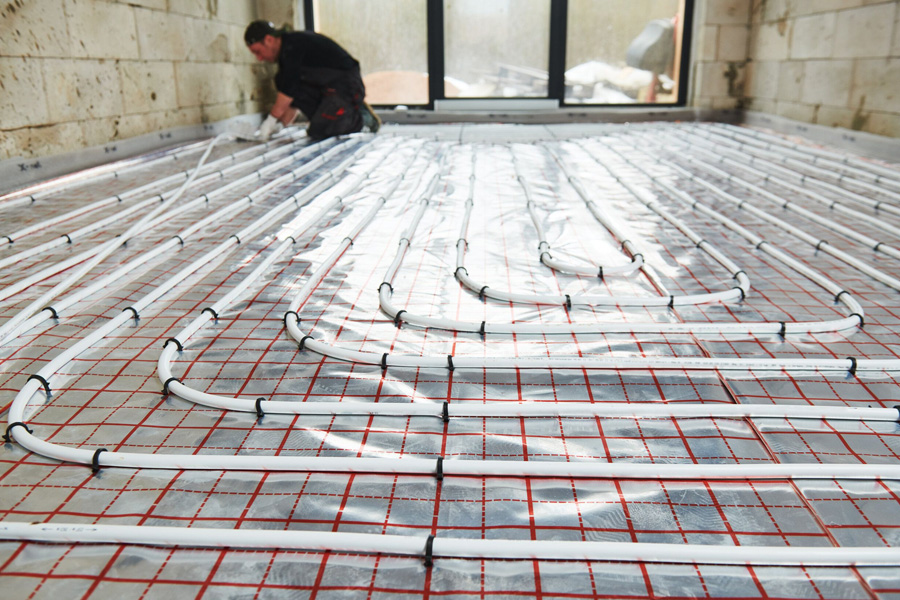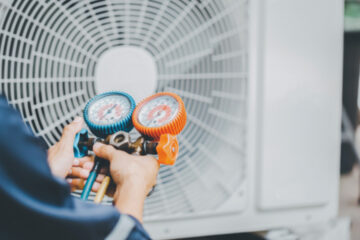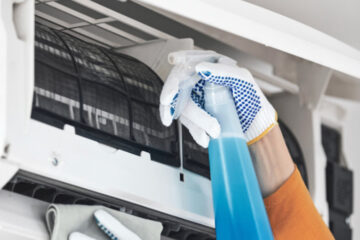Maintenance Tips for Underfloor Heating: Electric vs. Water Systems

Image Source: www.thefloorheatingwarehouse.co.uk
Underfloor heating systems have grown in popularity due to their efficiency, comfort, and space-saving design. Whether you opt for an electric system or a water-based (hydronic) system, proper maintenance is essential to ensure longevity and optimal performance. This article will delve into maintenance tips for both electric and water-based underfloor heating systems, helping you understand the nuances and best practices for each.
Understanding Electric Underfloor Heating Systems
Electric underfloor heating systems consist of cables or mats embedded beneath the floor surface. They operate by converting electrical energy into heat, which is then radiated upwards into the room. These systems are generally easier to install compared to water-based systems and are ideal for retrofit projects.
Maintenance Tips for Electric Systems
Regular Inspections:
Periodically inspect the thermostat and control units. Ensure that they are functioning correctly and are free from any physical damage. If you notice any irregularities, such as inconsistent temperatures or unresponsive controls, it might indicate a deeper issue.
Floor Coverings:
Be mindful of the type of flooring material used. Certain floor coverings can insulate the heat and reduce efficiency. Regularly check for any signs of wear and tear on the floor surface that could impact heat distribution.
Professional Servicing:
Schedule annual check-ups with a certified technician. They can conduct thorough inspections and identify potential problems early, such as faulty wiring or damaged heating elements.
Avoid Overloading:
Ensure that heavy furniture or appliances do not compress or damage the heating elements. Use protective pads or spacers to distribute weight evenly and prevent potential damage to the system.
Monitor Energy Consumption:
Keep an eye on your energy bills. A sudden increase might indicate an issue with the system. Efficient electric underfloor heating should not cause a significant spike in energy usage.
Understanding Water-Based Underfloor Heating Systems
Water-based underfloor heating systems use a series of pipes embedded in the floor to circulate hot water, which in turn heats the floor surface. These systems are typically more complex to install and are better suited for new builds or major renovations.
Maintenance Tips for Water-Based Systems
Regular Inspections:
Check the boiler or heat pump regularly to ensure it is operating efficiently. Inspect the manifold and all associated components for any signs of leaks, corrosion, or wear and tear.
Bleeding the System:
Over time, air can become trapped in the pipes, reducing the efficiency of the heating system. Regularly bleeding the system helps to remove trapped air, ensuring consistent and even heating.
Water Quality:
The quality of the water circulating through the system is crucial. Use inhibitors to prevent the build-up of limescale and corrosion. Regularly check and replace the inhibitor as per the manufacturer’s guidelines.
Pump Maintenance:
The circulation pump is a critical component of a water-based system. Ensure it is running smoothly and silently. Any unusual noises could indicate a problem, such as air in the system or a failing pump.
System Flushing:
Periodically flush the system to remove any debris or sludge that may have accumulated. This helps maintain efficient water flow and prevents blockages.
Insulation Checks:
Proper insulation is vital to prevent heat loss. Inspect the insulation around pipes and ensure there are no gaps or damage. Proper insulation ensures that the system runs efficiently and reduces energy consumption.
Common Maintenance Tips for Both Systems
Thermostat Settings:
Regularly check and calibrate the thermostat to ensure accurate temperature readings. Proper thermostat settings can help in maintaining a comfortable environment and optimizing energy use.
Control Systems:
Familiarize yourself with the control systems and their features. Understanding how to use timers, programmable settings, and other controls can enhance efficiency and prolong the life of the system.
Response to Issues:
Be proactive in addressing any issues. Unusual noises, inconsistent heating, or sudden changes in energy consumption should be investigated promptly to prevent more serious problems.
User Manual:
Keep the user manual handy. It contains essential information about maintenance schedules, troubleshooting tips, and contact information for support.
Professional Help:
While regular maintenance can be done by the homeowner, do not hesitate to seek professional help for more complex issues. Certified technicians have the expertise to diagnose and fix problems effectively.
Conclusion
Maintaining underfloor heating systems, whether electric or water-based, requires a combination of regular inspections, proactive measures, and professional servicing. By following these maintenance tips, you can ensure that your underfloor heating system operates efficiently, provides consistent comfort, and has a prolonged lifespan. Proper care and attention to detail not only enhance the performance of the system but also help in avoiding costly repairs in the long run.




